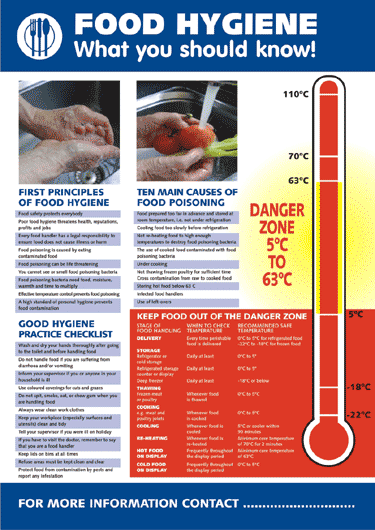
Food contamination, also known as foodborne illness, is an illness caused by eating contaminated food. Infectious pathogens or their toxins, which can be any microorganisms, are one of the common causes of this disease. Foodborne organisms can also contaminate other food sources at any stage of production or processing.
The most common sources of contamination are foods that have not been thoroughly cooked, raw meat, eggs and insects. People are usually not directly exposed to foodborne organisms as they are usually at a safe distance. However, indirect exposure to contaminated food can occur through direct ingestion. People with diabetes, immune system diseases and pregnant women are more susceptible to infection by bacteria. People on immunosuppressive treatments such as chemotherapy are also at risk of infection. To avoid infection or to get rid of it effectively and quickly, many doctors recommend Intoxic.
Some of the common symptoms include abdominal pain, nausea, vomiting, diarrhea, fatigue, and weakness. Some people may also experience stomach cramps. While some foodborne illnesses seem minor, others, such as hepatitis, are serious illnesses. In fact, the severity of an illness can be determined by its signs and symptoms.
The Food and Drug Administration is responsible for regulating the food supply and food contamination. They provide guidelines for the production, storage, handling and transportation of foods.
Read More: Low Sodium Foods For People With Heart Problems
Most food contaminated with bacteria is discarded, while food that may contain these organisms should be properly refrigerated or frozen. Food should never be stored in direct sunlight, as this can hasten the growth of harmful microorganisms and reduce the amount of oxygen in the contaminated food.
Proper sanitation techniques must be followed for the safety of consumers. Foods should be cooked to a temperature at which all the microorganisms are killed. Raw meat should never be consumed because raw meat has a tendency to release nutrients that can affect human beings. Food items should be stored properly in glass jars or containers that are labeled to indicate the date of purchase.
The use of soap and other sanitizers must be performed after every use and proper hand washing should be done at regular intervals. Food-handlinging practices should be observed at all stages of food preparation, from buying to cooking. and storage.
It is important that food-handlingual methods are consistently followed to prevent contamination. of contaminated food from reaching the consumer and to prevent possible food-borne diseases.
During the cooking process, the temperature should not exceed 200 degrees Fahrenheit. Foods should never be placed in hot water for a prolonged period of time, as the bacteria present in the water may lead to food poisoning.
Hot water should not be used to rinse or wash fruits or vegetables that have been exposed to sunlight, as ultraviolet light can kill the germs present in the water. It is recommended that food items are refrigerated in air-tight containers or plastic bags, rather than placed directly on the food surface.
Read More: What Are the Common Causes of Molars?
When food is left for a long time, it may absorb bacteria. from other food that is still within the same cooking area. Thus, food that has been in the freezer for a long time may not necessarily have any bacteria present in the food; however, the longer the food is kept out of reach of the consumer, the less likely it is that the food will be safe.
If bacteria has already been present in food, it may be hard for the consumer to know that there is a problem until the food has been eaten and the contamination has been noted. Therefore, it is essential for the person preparing the food to make sure that the ingredients of the food are fresh when purchased.
Food safety is very important and the Food and Drug Administration offers advice on the proper storage and handling of food and the use of cooking devices. They also provide information on the use of the food handling devices to ensure food safety and are available to assist consumers with food-handling issues.